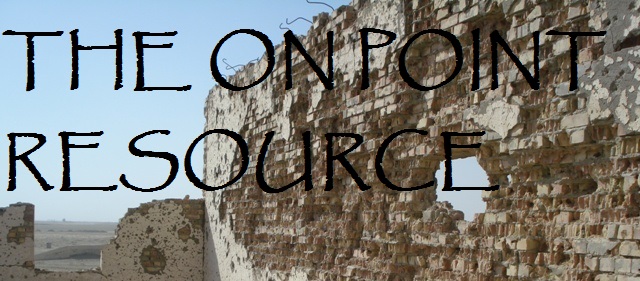When it comes to cooking or heating water in the field, I've pretty much used it all: MRE heaters, canister stoves, propane stoves, alcohol stoves, solid fuel stoves, and open fires. I've used stoves from major brands like MSR, Jetboil, Snow Peak, Esbit, and Coleman. Typically, I prefer canister stoves for their ease of use, relative light weight, and fast burn times.
With canister stoves, the fuel canisters themselves are the only real downside. It can be difficult to tell how much fuel is left in each container, which will prompt you to carry an additional one just in case. For prolonged trips or prepping, you'd have to stockpile cannisters; when you're out, you're out. On the upside however, fuel containers are available at any WalMart or sporting goods
store. They're also cheap enough to add a few to your cart every time you go to the store.
Dual/multi-fuel stoves are another option, and they've been around for quite some time. They're quite versatile as they can run on pretty much any flammable liquid. In some cases, such as the excellent MSR Whisperlite Universal, the stove can also run on canisters if available.
Dual/multi-fuel stoves can run on camp fuel, unleaded gasoline, and kerosene. In Iraq, one of
the tank mechanics in my company used to carry a Coleman dual/multi-fuel stove in his vehicle. He would cook Spam and rice when out on extended
missions, which was always a welcome break from MREs. He would use JP8 fuel
(technically jet fuel) from the same jerrycans we had on our tanks.
In the event that you ran
out of fuel, or during any type of scenario where you suffer the loss of basic water/power/fuel utilities, you would still be able to theoretically use any flammable liquid you came across (Liquor?).
I don't depend solely on stoves for my emergency or prepping needs, but they are nice to have if the situation dictates that
you don't leave the trace of an open fire.


No comments:
Post a Comment